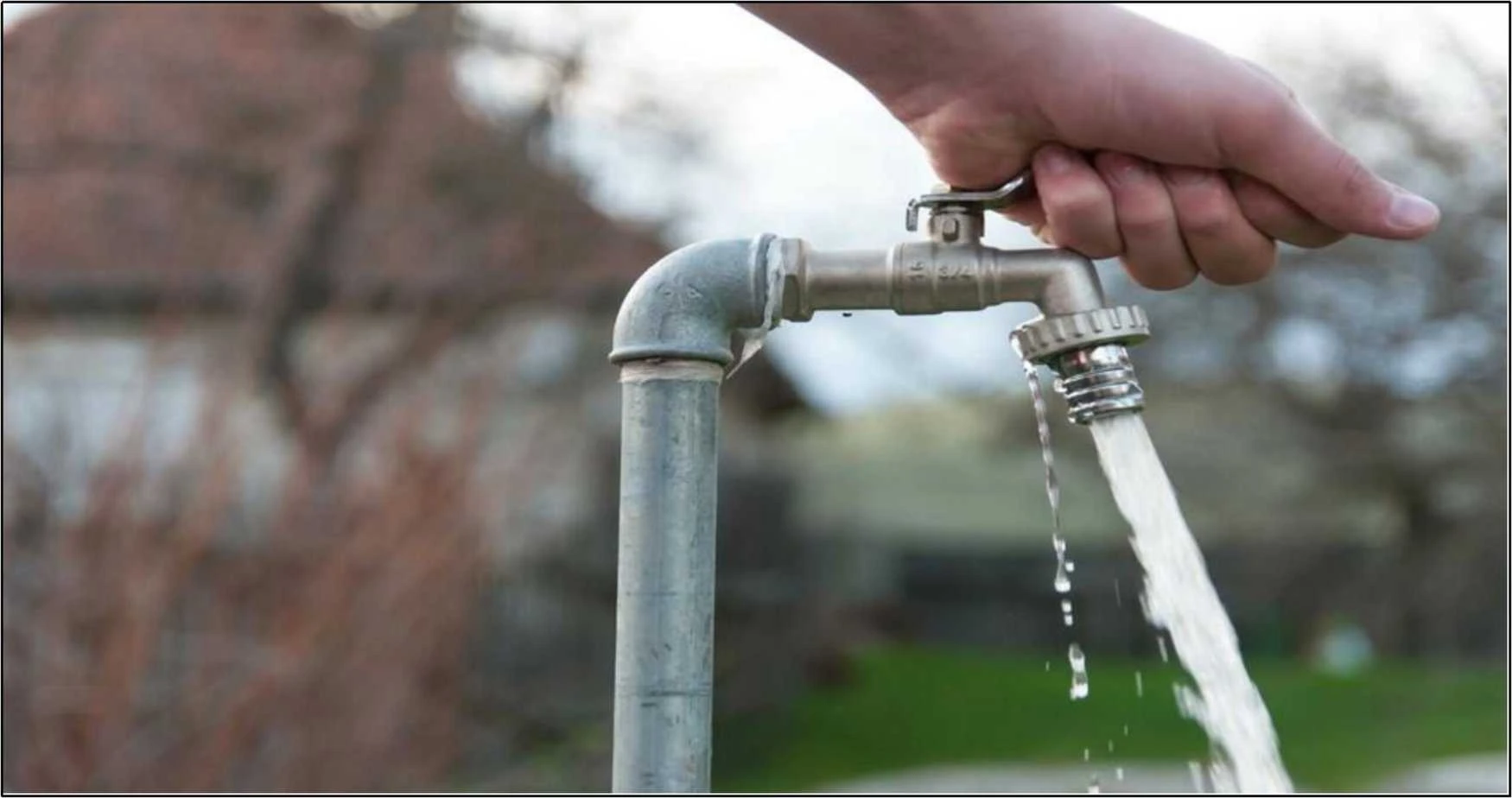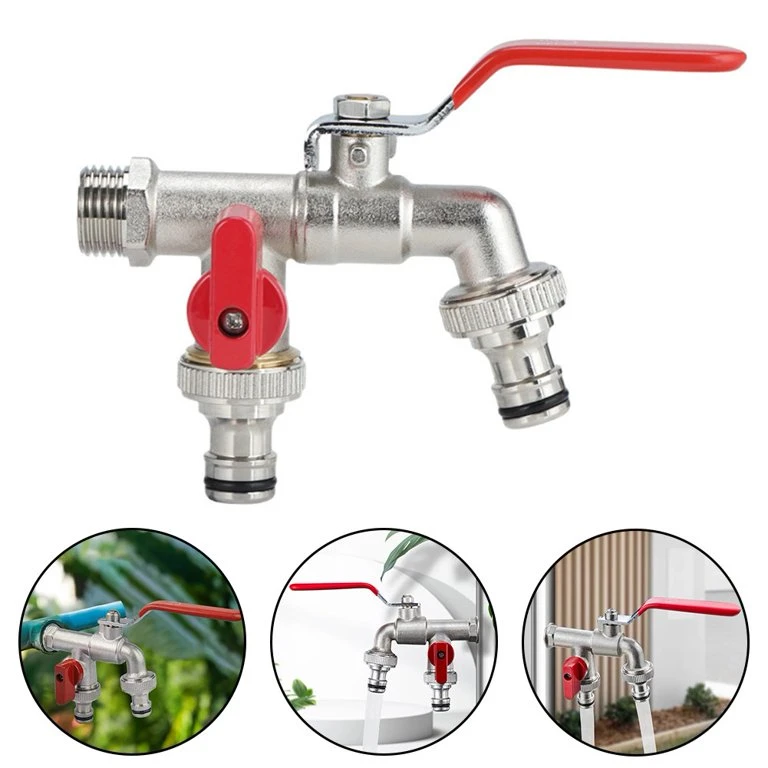Introduction to Reducing Brass Fittings
Reducing brass fittings ASTM F2623 are essential components in plumbing systems, designed to connect pipes or tubing of different diameters. Specifically, a reducing brass fitting from 3/8″ to 1/2″ allows for the seamless transition between these two sizes. These fittings are commonly used in various applications, including residential plumbing, HVAC systems, and industrial setups, where a change in pipe size is necessary to accommodate different flow rates or connect to various fixtures.
What Are Reducing Brass Fittings?
Reducing brass fittings are specially designed to join two pipes or tubes of different diameters. In this case, the fitting has one end that accommodates a 3/8″ pipe and the other end for a 1/2″ pipe. Made from brass, these fittings provide strength, corrosion resistance, and durability, ensuring a reliable connection in various plumbing applications.
Advantages of Using Reducing Brass Fittings
Reducing brass fittings offer several benefits that make them an ideal choice for many plumbing tasks:
1. Durability
Brass is known for its strength and durability. Reducing brass fitting can withstand high pressure and resist corrosion, making them suitable for both indoor and outdoor applications.
2. Versatile Applications
These fittings can be used in a wide range of plumbing situations, from water supply lines to gas connections. Their ability to adapt to different pipe sizes makes them incredibly versatile.
3. Leak-Proof Connections
When properly installed, reducing brass fitting create secure, leak-proof connections. This is crucial in plumbing systems to prevent water loss and potential damage.
4. Easy Installation
Reducing brass fittings are relatively easy to install, requiring minimal tools. This makes them a preferred choice for both professional plumbers and DIY enthusiasts.

Types of Reducing Brass Fittings
Reducing brass fitting come in various configurations, but the most common types include:
1. Reducing Couplings
These fittings connect two pipes of different diameters in a straight line. The 3/8″ end connects to a smaller pipe, while the 1/2″ end connects to a larger one.
2. Reducing Elbows
These fittings allow for a change in direction while accommodating different pipe sizes. A reducing elbow can connect a 3/8″ pipe to a 1/2″ pipe at an angle, typically 90 degrees.
3. Reducing Tees
Reducing tees used to branch off from a main line, connecting a 3/8″ pipe to a 1/2″ pipe while allowing for a secondary connection.
Applications of Reducing Brass Fittings
Reducing brass fitting utilized in various applications, including:
1. Plumbing Systems
In residential and commercial plumbing, reducing brass fitting help adapt pipe sizes for water supply lines, drainage systems, and fixture connections.
2. HVAC Systems
These fittings often used in heating, ventilation, and air conditioning systems to connect different size pipes and maintain efficient airflow.
3. Gas Lines
Reducing brass fitting are suitable for gas connections, allowing for secure transitions between different pipe sizes without compromising safety.
4. Industrial Equipment
In industrial settings, reducing brass fitting used to connect equipment and machinery that require different pipe sizes for fluid transport.
How to Install Reducing Brass Fitting
Installing reducing brass fitting is straightforward and can be done with basic plumbing tools. Here’s a step-by-step guide:
1. Gather Tools and Materials
You will need the reducing brass fitting, a pipe cutter or saw, Teflon tape (for threaded connections), and a wrench.
2. Cut the Pipes
Use a pipe cutter to cut the pipes to the desired length. Ensure that the cuts are clean and straight to create a proper seal.
3. Apply Teflon Tape
If the fittings threaded, wrap Teflon tape around the threads of the pipe to ensure a watertight seal.
4. Connect the Fitting
Insert the 3/8″ pipe into one end of the reducing brass fitting and the 1/2″ pipe into the other end. Ensure both pipes fully inserted into the fitting.
5. Tighten the Fitting
Use a wrench to tighten the fitting securely, ensuring it is snug but not overly tight to avoid damaging the fitting or pipes.
6. Test for Leaks
Turn on the water supply and check for leaks around the connections. If any leaks are detected, tighten the fittings further until they are secure.
Maintenance Tips for Reducing Brass Fitting
To ensure the longevity and reliability of your reducing brass fitting, consider the following maintenance tips:
- Regular Inspections: Periodically check the fittings for any signs of wear, corrosion, or leaks. Early detection can prevent major plumbing issues.
- Keep Clean: Clean the fittings to remove any debris or buildup that could affect their performance.
- Avoid Over-tightening: When installing or maintaining fittings, avoid overtightening, which can lead to damage or cracks.
Conclusion
Reducing brass fittings are vital components in plumbing and piping systems, providing a reliable and efficient way to connect pipes of different diameters. Their durability, ease of installation, and leak-proof capabilities make them a preferred choice for a wide range of applications. Whether you’re working on a residential plumbing project or an industrial system, 3/8″ to 1/2″ reducing brass fittings offer the strength and versatility needed to get the job done right. With proper installation and maintenance, these fittings can ensure a long-lasting and efficient plumbing system.


















